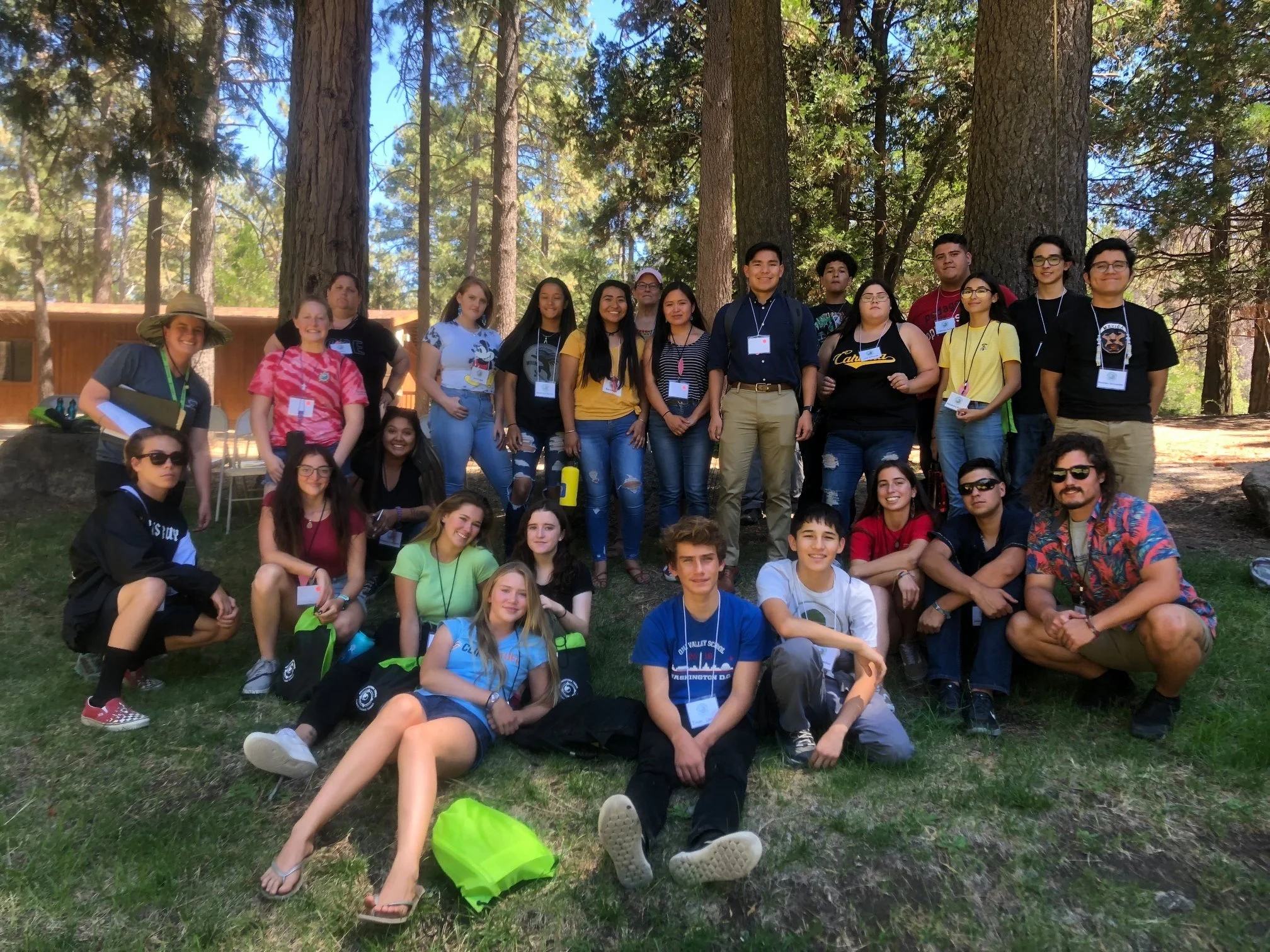3 Parks 3 Stories: Power of Partnerships
Everyone has a role to play. In this issue of 3Parks3Stories, we would like to share three stories of successful conservation projects in the Mediterranean parks that were reliant upon partnerships between the NPS and one or more dedicated collaborators. In these stories, we hope you see the mutual benefits of these relationships and the value they bring in the effort to protect, preserve, and understand our national legacy.
Haliotis
Black abalone were once the most numerous and dominant species in intertidal habitats ranging from northern California to southern Baja California. However, the combination of extreme fishing pressure and a disease, known as Withering Syndrome, decimated the population. When it comes to black abalone, many groups hold a story of deep connection to these seemingly inconspicuous invertebrates. In the ESRI StoryMap “Haliotis”, you’ll read about the importance of this species from diverse perspectives, including tribal communities, conservationists, government agencies and scientists and how these groups are working to bring the species back from the brink of extinction.
Racing Tides
Over 30 years of long term intertidal monitoring on the California Channel Islands has revealed a significant decline of the seaweed species Silvetia compressa. This decline is troubling as the species provides foundational habitat and protection for a diverse assortment of intertidal creatures. Several hypotheses are under investigation as to the disappearance of Silvetia from its native habitat and restoration treatments are underway to best understand how to manage the species and its future. This restoration and the corresponding scientific investigation provide a unique narrative and opportunity for public engagement with the scientific process on public lands.
Bio-Diverse-City
Southern California is a region unlike any other. From rugged, snow-capped mountains, to dry, arid deserts, to rich, gleaming coastlines – this Mediterranean biome encapsulates one of the most dynamic and ecologically diverse ecosystems on earth. Despite this, a wide array of vulnerabilities persist. Habitat loss, pollution, impacts from invasive species, climate change, and a host of other human-derived stressors, work both individually and in concert, to threaten the distinct flora and fauna that call this place home.
Of Fin and Feather
Off the coast of Baja California, lies a distinct chain of islands - Las Islas Coronados. Since 2001, aquaculture facilities have been present just offshore. This piece explores and interprets the research around these fish pens and the impact they may influence on the adjacent island ecosystem.
To Preserve and Protect
For over one hundred years, the National Park Service has been entrusted with the mission of preserving and protecting America’s most beautiful places for the enjoyment of this and future generations.
An Ocean on the Edge
When carbon dioxide combines with water, a unique interaction occurs that results in an increasing concentration of hydrogen ions. As hydrogen levels increase, the pH or potential hydrogen, decreases resulting in a process known as Ocean Acidification.
3 Parks 3 Stories
When you look at data over many years, many times a story begins to emerge. And each vital sign tells its own story. Sometimes, the story is a warning. Other times, it’s a tale of hope and optimism. 3 Parks 3 Stories is an exploration of three stories from these three parks that we think captures what it means to manage and care for natural resources in southern California.
The Great Bee Quest
In September 2020, Cabrillo National Monument—San Diego’s only national park. It was during this month-long, concentrated, species documentation effort that park naturalist, Patricia Simpson, made the original discovery of the red-and-black bee with which she was unfamiliar.
Rock. Paper. Science.
On the basis of accurate scientific information, preservation of our most treasured natural resources becomes more than a simple game of chance. Collecting regular data about the animals and plants that call Cabrillo National Monument home allows park biologists to make pivotal management decisions in the hope that none of these threatened species will be cut out on our watch.




















